Is This The Toughest Open Composite Course?
A selection of 18 of the best and toughest holes on the Open rota


The links courses on The Open rota boast some of the finest holes in world golf. As such, it would be possible to make a huge number of fabulous composite courses picking holes from each venue.
Here we’ve had a go at selecting some of the best and toughest holes from each Open course that has hosted the men's Major in recent years to create a dream links.
It should be noted, owing to clashes, not every course’s most famous holes could be included, while we thought it best to include no more than two entries per venue. Anyway, without further ado, have a look and see what you make of our Open composite course...
1st, Royal Birkdale
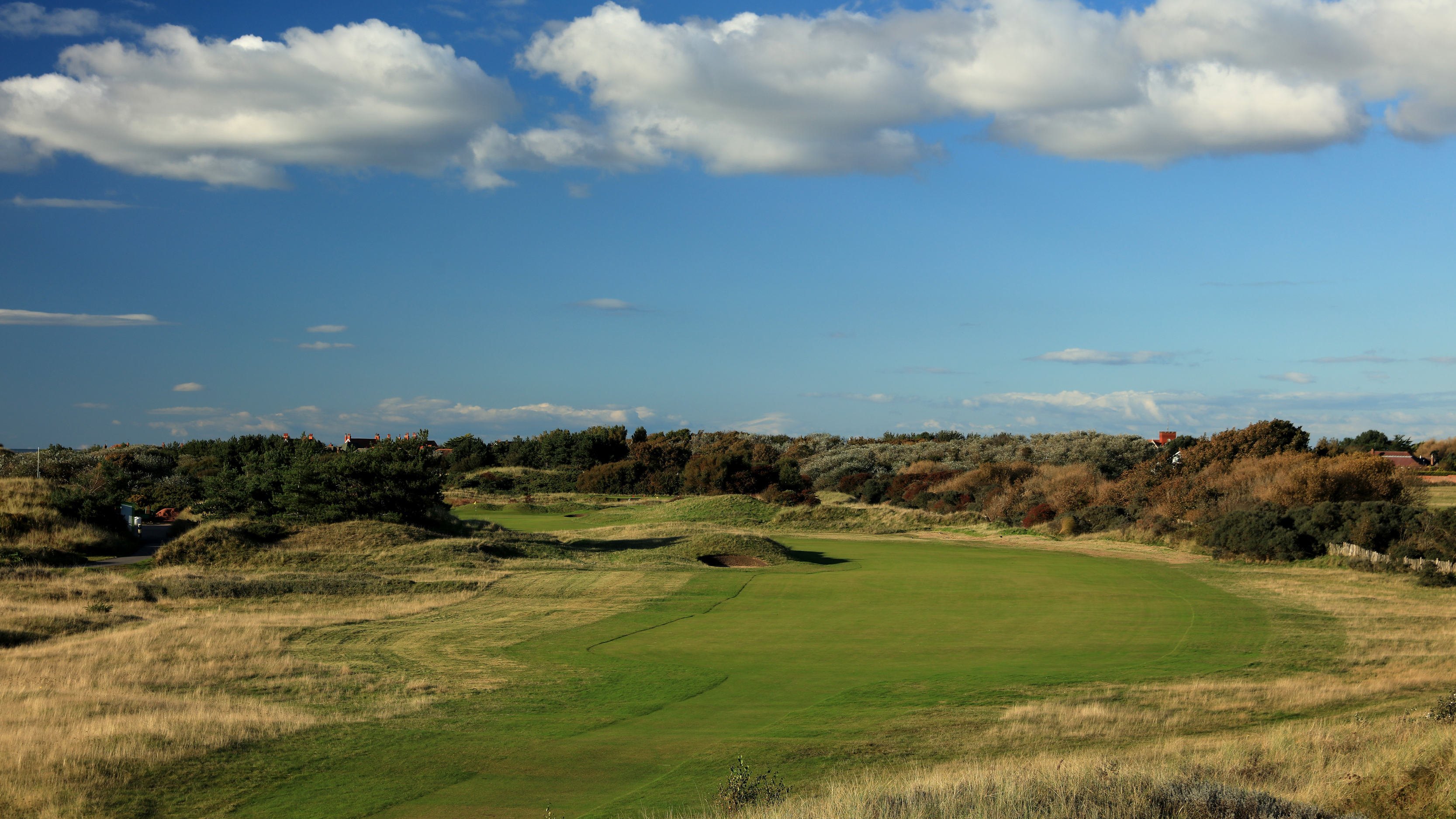
Par 4, 450 yards
A seriously tough start to our test – one of the most difficult holes on the course at Royal Birkdale. The drive must be long and, ideally, turning from right to left past the bunker that guards the left-hand corner of the slight dogleg.
The green is protected by bunkers in front and getting back to the pin will require a strong second. Walk off with an opening par and you can feel very satisfied.
2nd, Royal Liverpool
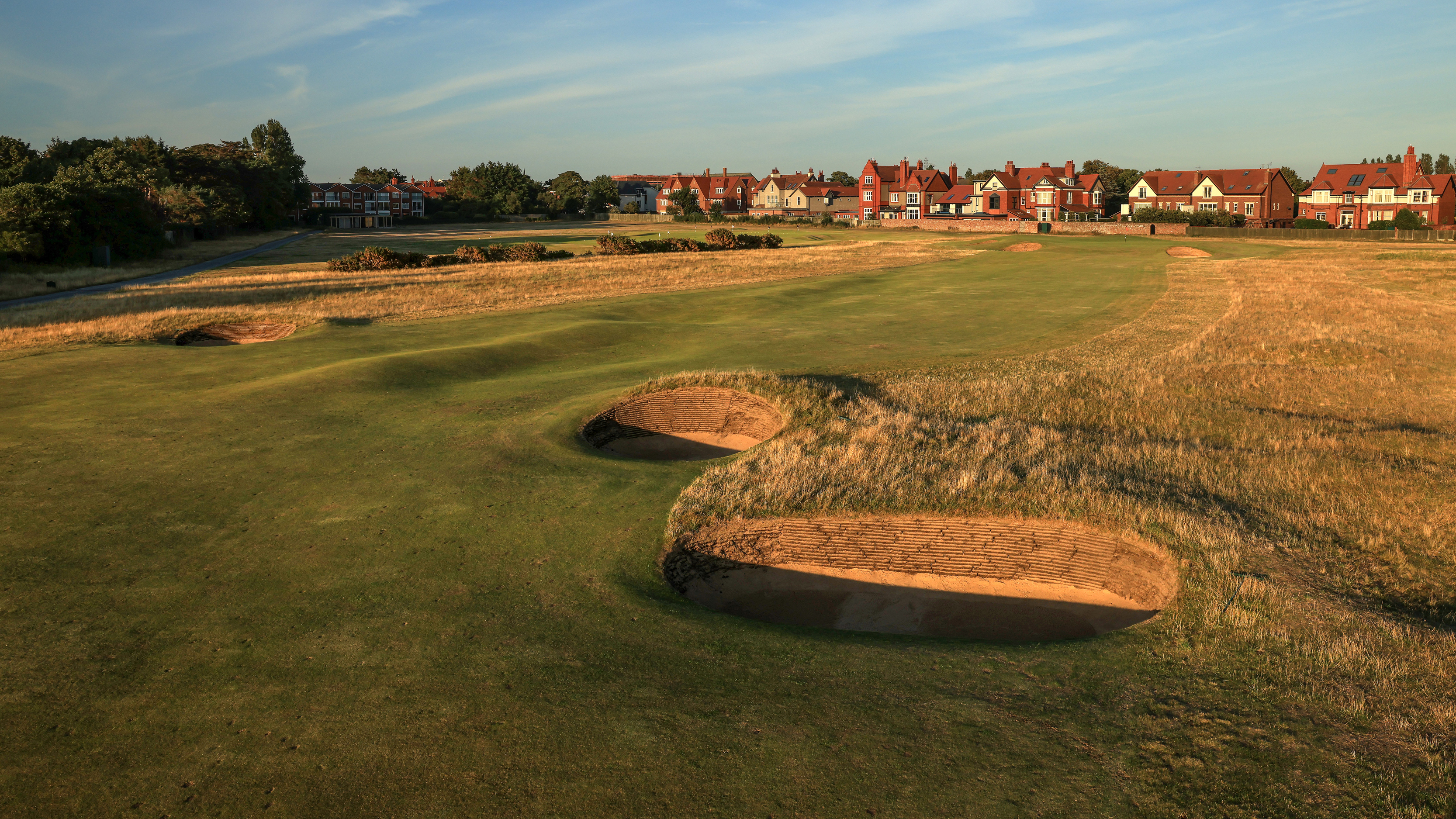
Par 4, 454 yards
Get the Golf Monthly Newsletter
Subscribe to the Golf Monthly newsletter to stay up to date with all the latest tour news, equipment news, reviews, head-to-heads and buyer’s guides from our team of experienced experts.
In general play this hole is the 18th at Hoylake, but in The Open it plays as the 2nd. It’s a brilliant driving hole with bunkers lurking left and right. The green is also well protected by bunkering as well as slopes that send the ball away from the putting surface. The green itself is undulating and a two-putt is by no means a given on this one.
3rd, Royal Lytham
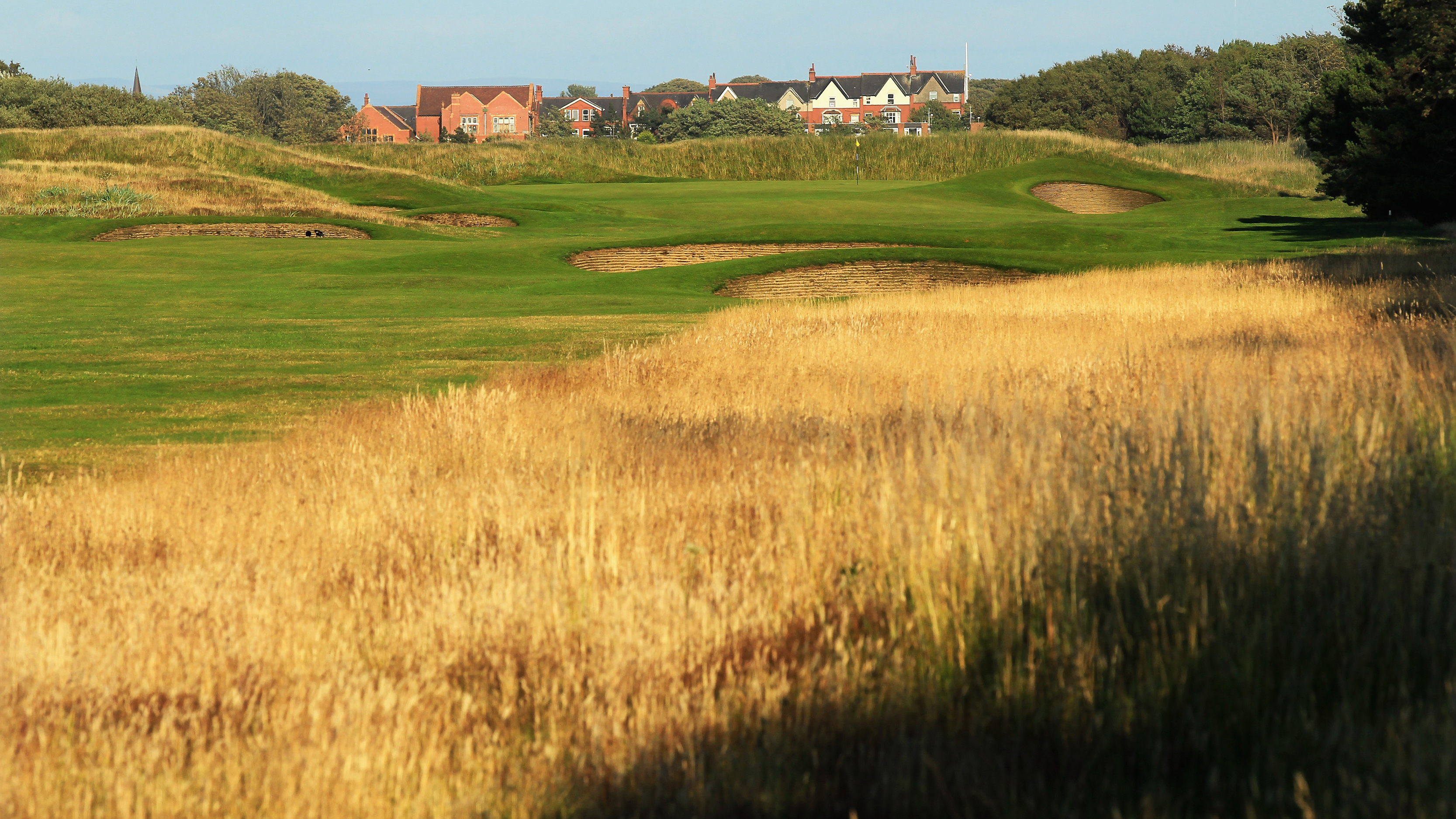
Par 4, 477 yards
This long par 4 requires two superbly struck, accurate shots to reach in regulation. The railway lurks all down the right side, forcing the player left from the tee. But thick rough and mounding waits in that direction so only a long straight one will do. Eight bunkers dot the fairway and two more wait by the green. The trap long and left is particularly deep and should be avoided at all costs.
4th, Royal St George's
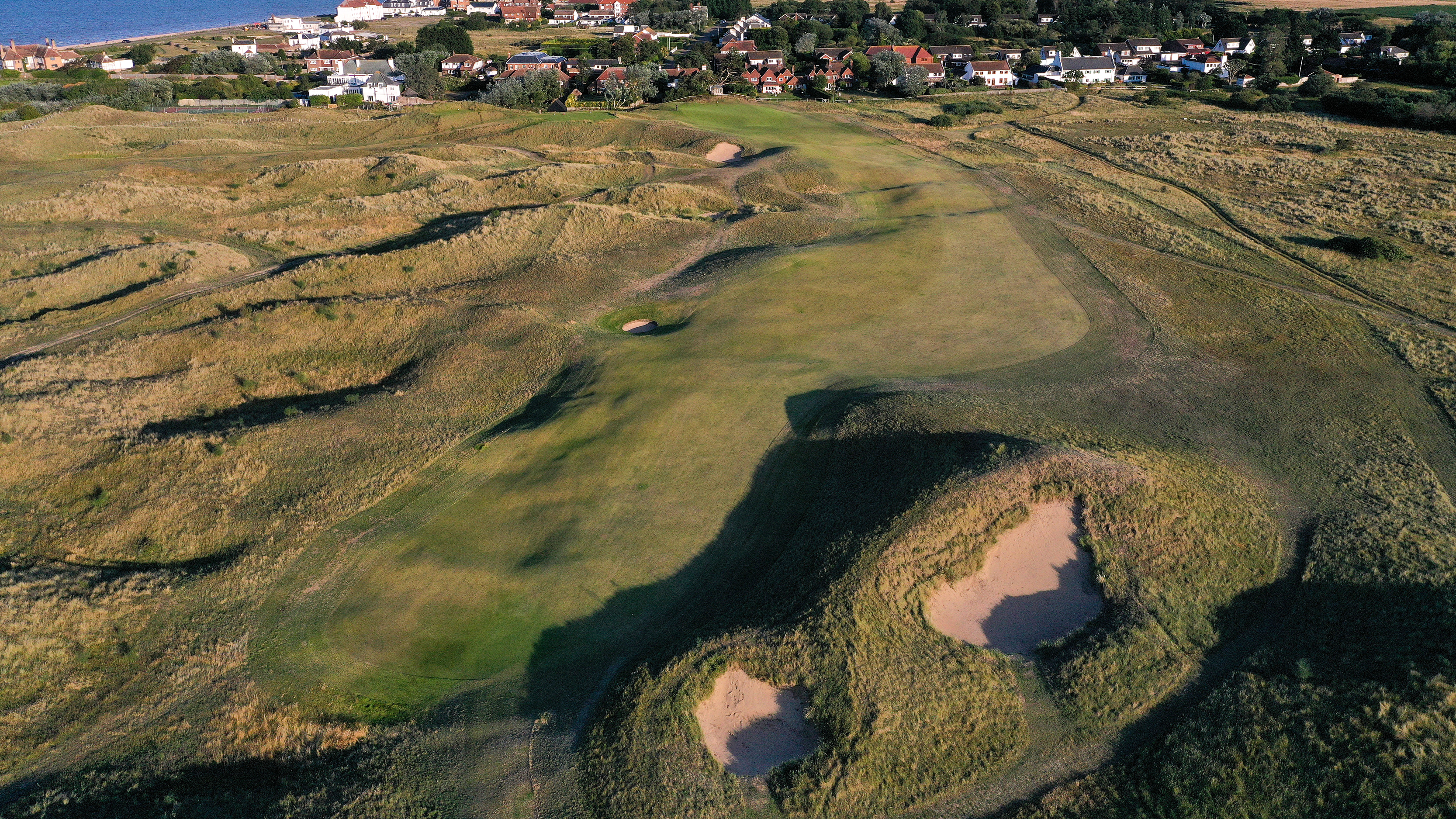
Par 4, 496 yards
One of the most visually intimidating holes in Open golf, a towering bunker set into a sand dune faces the player from the tee. It forces the drive to go left, but too far left and more trouble awaits.
The approach is a particularly difficult one and not just because you’ll likely be coming in from some distance. Anything drifting right will run off the edge, anything short will get caught in a swale and out-of-bounds waits just through the back… not easy!
5th, Turnberry

Par 4, 479 yards
Recently extended to become a par-5 for general play, this hole was changed in the alterations in 2016. The green has been moved back into a valley behind the original green, creating an amazing amphitheatre.
6th, Carnoustie
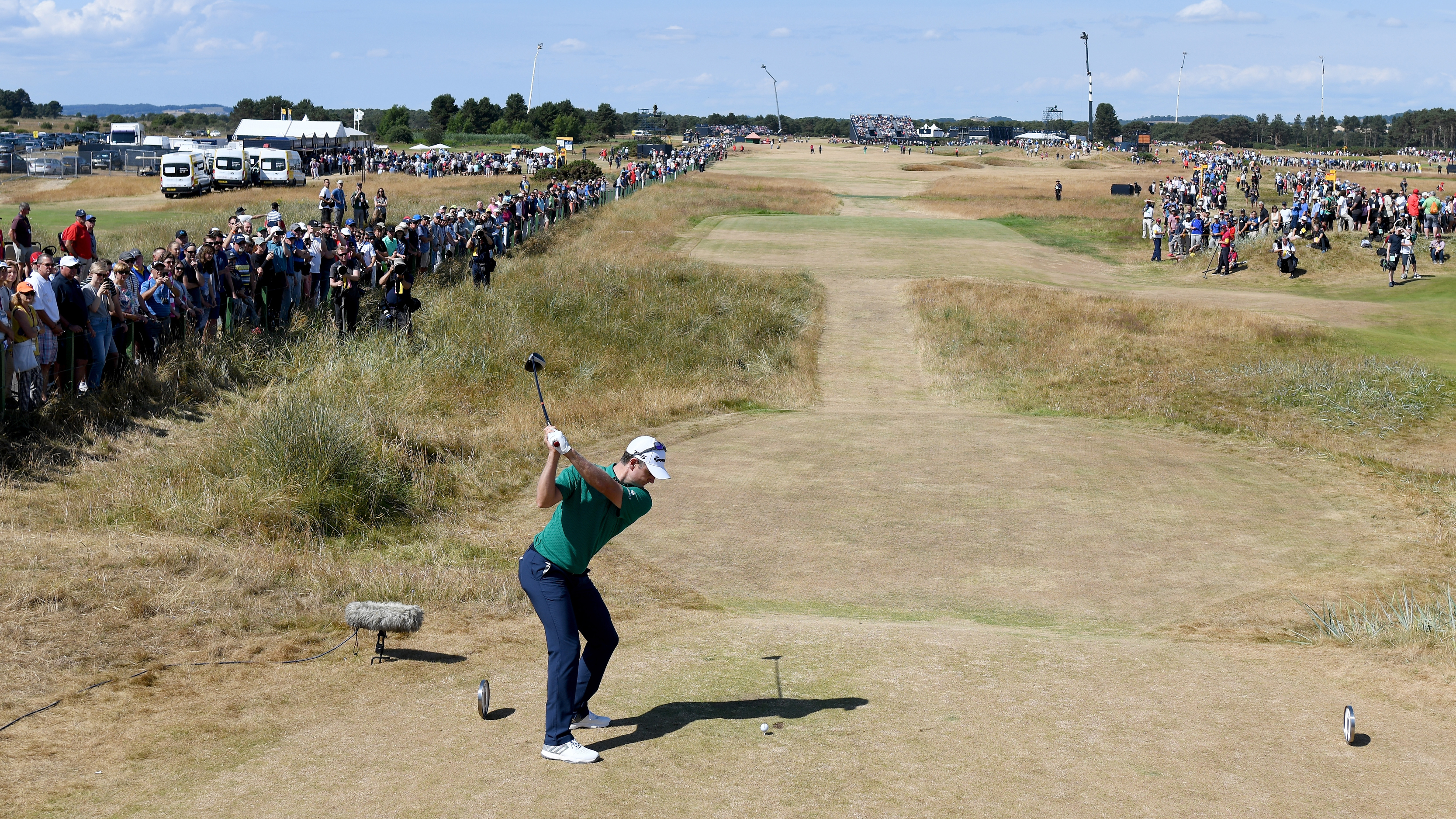
Par 5, 578 yards
“Hogan’s Alley” is a perfect par-5. Bunkers wait right and out-of-bounds hugs the left side from the tee. The drive must be arrow straight to find the fairway – a feat Ben Hogan achieved four times en route to winning the 1953 Open.
A burn snakes across the hole further down and out-of-bounds continues to loom. The challenge continues on the undulating green, protected by bunkers.
7th, Royal Liverpool
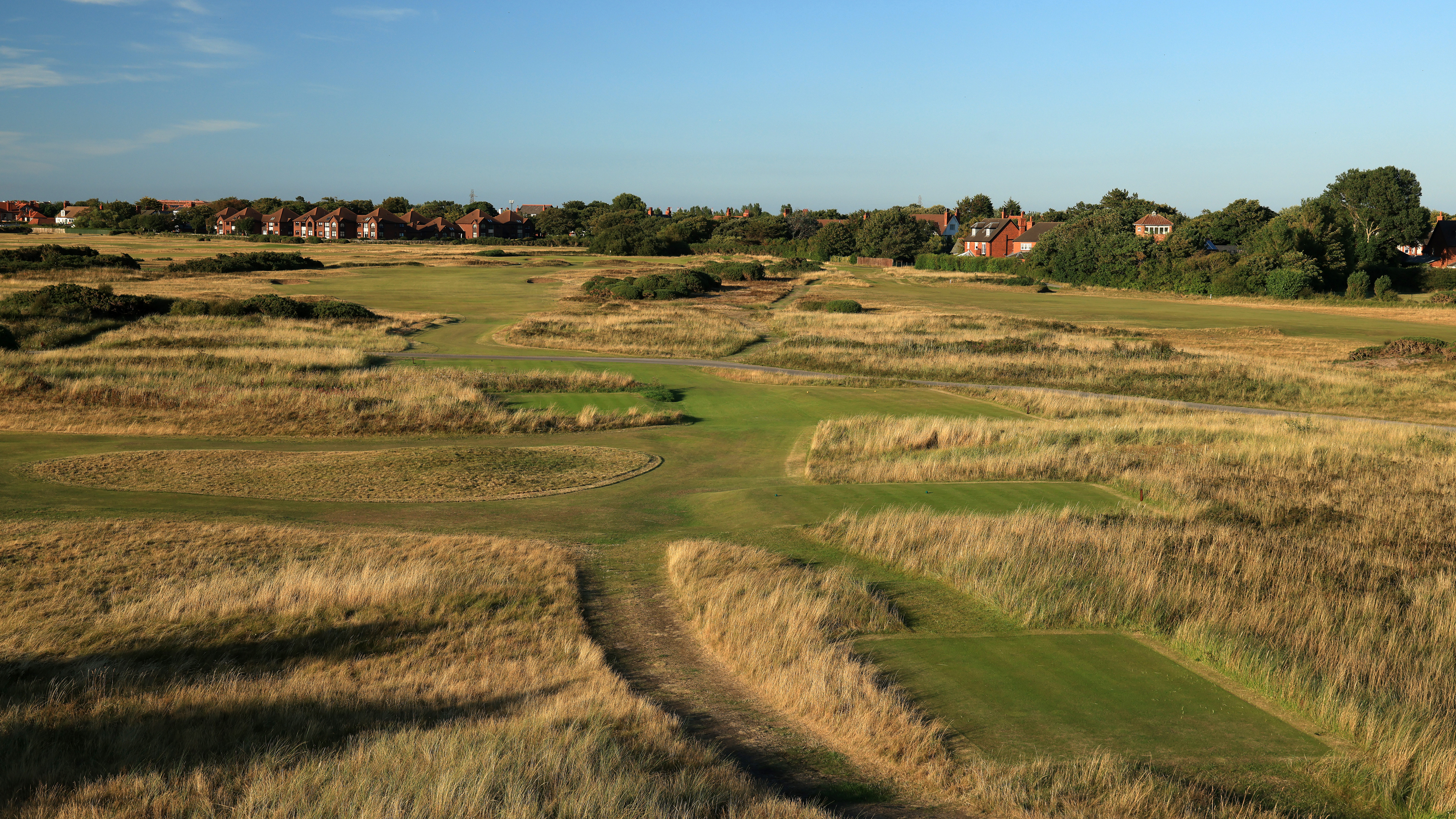
Par 4, 480 yards
Usually the 5th at Hoylake, this is an incredibly tough driving hole with bunkers left and right. Gorse also waits on the right side but you want to try to find that right side of the fairway to afford the best angle of approach.
The front left of the green is well protected by two bunkers and it’s crucial to get the second shot all the way to the middle of the putting surface.
8th, Royal Troon

Par 3, 123 yards
It may be the shortest hole on the Open rota but “The Postage Stamp” is no pushover. The sliver of green must be found from the tee as missing on any side leaves a devilish shot. Deep bunkers and run-offs mean those without a solid short game could be on this hole for some time.
9th, Royal Birkdale

Par 4, 410 yards
A really good mid-length par-4 sweeping from left to right. The tee shot is blind and finding the fairway is tough. The green is slightly raised and protected in front by two aesthetically pleasing bunkers. You need to clear those, but going through the back is not a clever idea as thick rough awaits.
10th, Muirfield

Par 4, 472 yards
This is a very narrow fairway with the prevailing wind pushing tee shots right towards the three bunkers lining the edge of the fairway. Cross bunkers midway down the hole shouldn’t be in play but they obscure the view of the green.
The putting surface may be relatively flat but it’s well protected by two bunkers in front and one behind.
11th, St Andrews

Par 3, 174 yards
One of the world’s greatest par 3 holes, this little beauty plays out towards the Eden Estuary and has ruined many scorecards over the years, including that of the great Bobby Jones in the first Open he contested at St Andrews.
Strath bunker in front and Hill bunker to the left must be avoided. Anything short will roll back off the green, anything long will drop down a steep slope into the rough. A ball riding the wind from left to right could roll down the double green towards the 7th flag leaving a monstrous putt back up the hill.
12th, Turnberry

Par 4, 447 yards
This is just a supremely solid par-4 played back towards the monument on the hill above the green, commemorating the lost airmen stationed at Turnberry during the Second World War. It’s straightaway and asks for two good shots to avoid the well-placed bunkers and to find the testing green featuring run-offs left, right and back.
13th, Royal Troon

Par 4, 472 yards
The test posed by the natural layout of this hole is confirmed by the fact that there is no necessity for a bunker to act as protection. As you look out from the tee, the fairway seems non-existent but it is there and it requires a fine drive to find it. The green is elevated and generally it needs an extra club to find its heart.
14th, Royal St George's
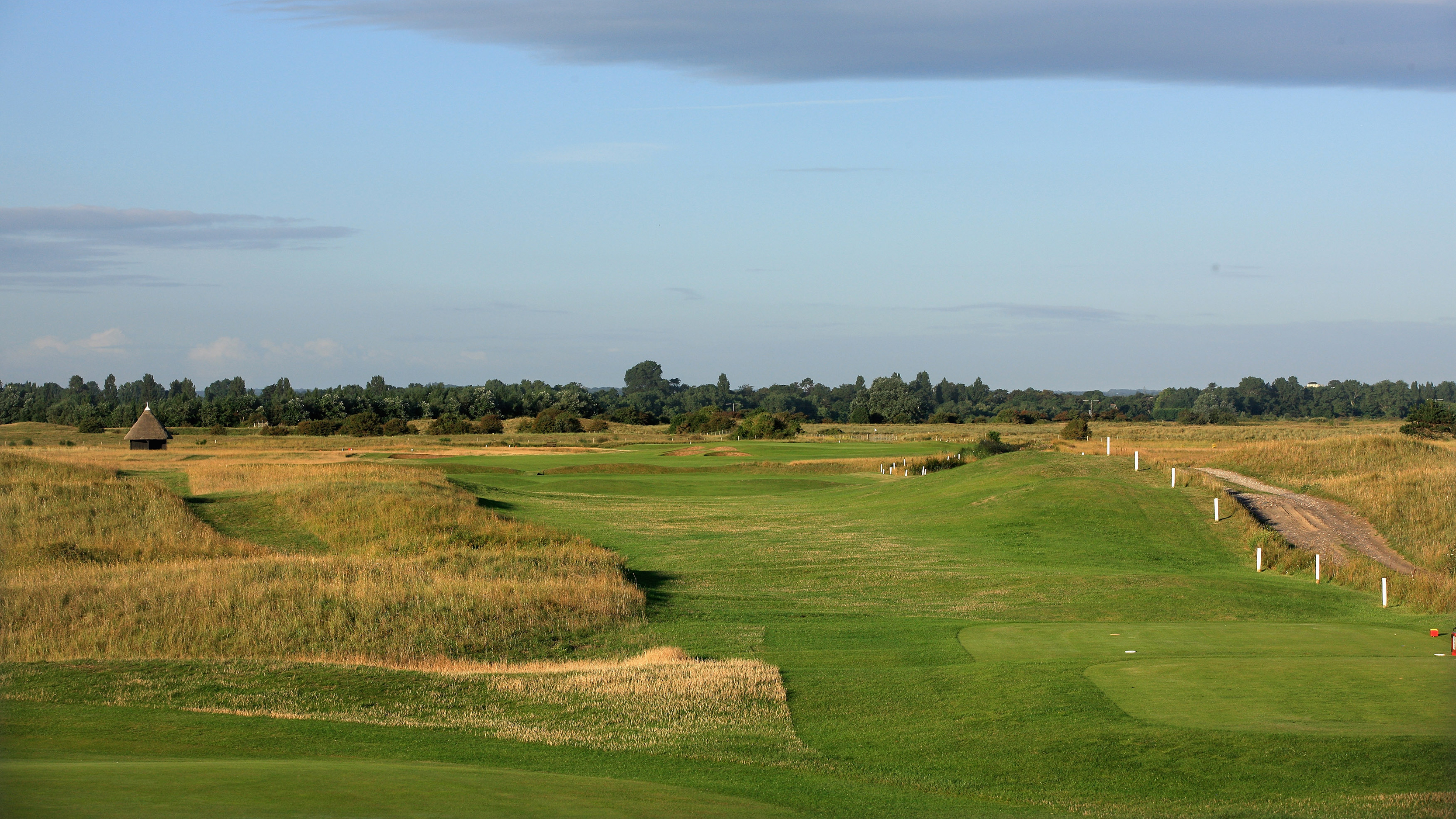
Par 5, 545 yards
With a helping wind, this hole provides a chance to pick up a shot. But trouble lurks and this par-5 has witnessed plenty of disasters over the years. Out of bounds runs down the entire right side and a stream crosses the fairway half way down the hole. The green is heavily undulating and balls tend to run towards another stream.
15th, Muirfield
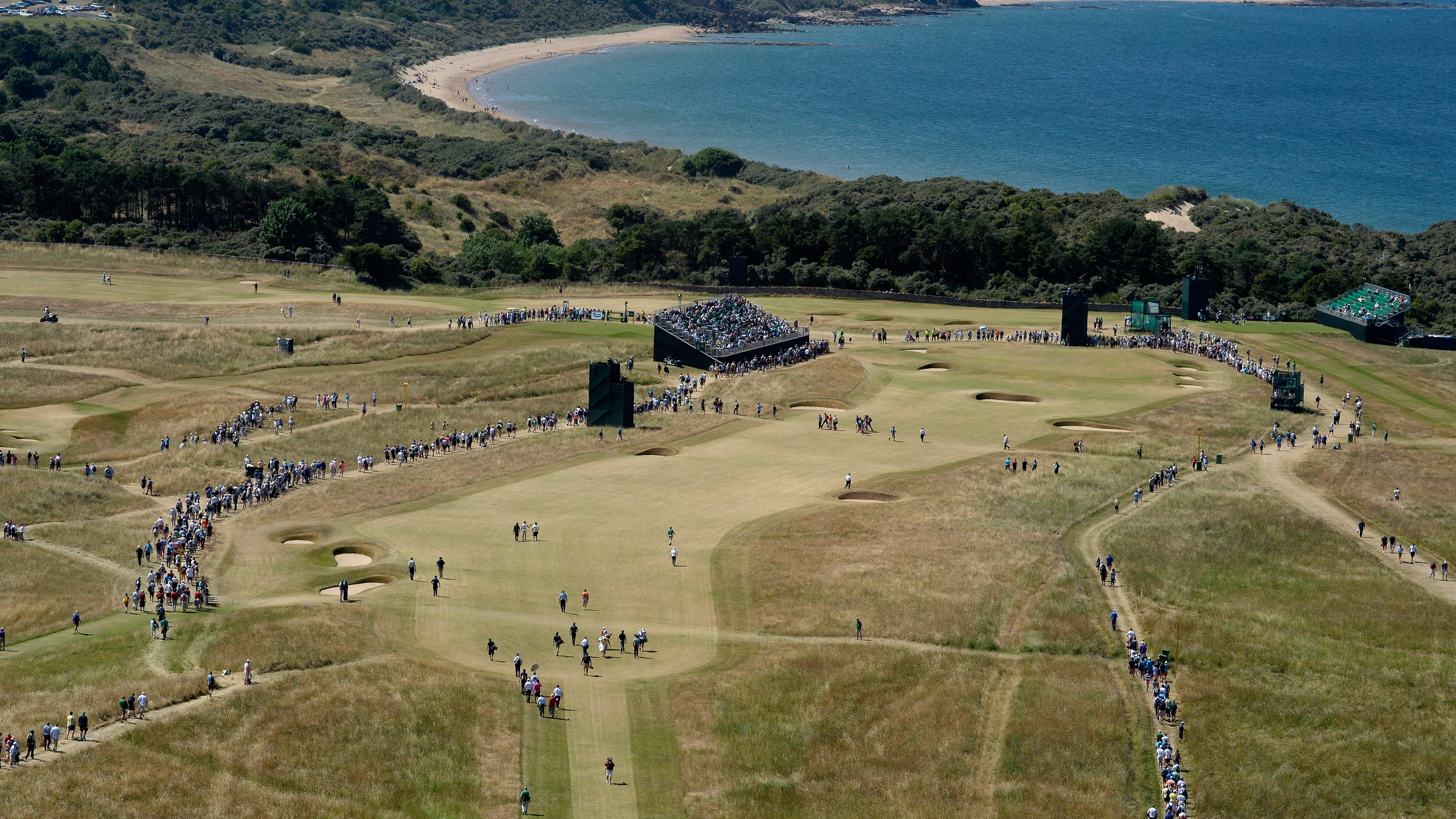
Par 4, 447 yards
Sweeping from left to right, the smart play on this par-4 is to lay back of the bunkers protecting both sides of the fairway at about 250 yards out. But this leaves a long second to a testing green described by members as the “Camel’s back.” The putting surface is well protected by five tricky bunkers.
16th, Royal Portrush

Par 3, 236 yards
Long par-3s are usually a bore but this is a rare exception. Aptly named "Calamity", the green is guarded by an enormous dune ridge that runs up the right-hand side. Miss it there and you'll be facing a recovery shot from thick rough from some 30 feet below the level of the putting surface. It's so treacherous, no Open lead is safe until it has been safely navigated.
17th, St Andrews
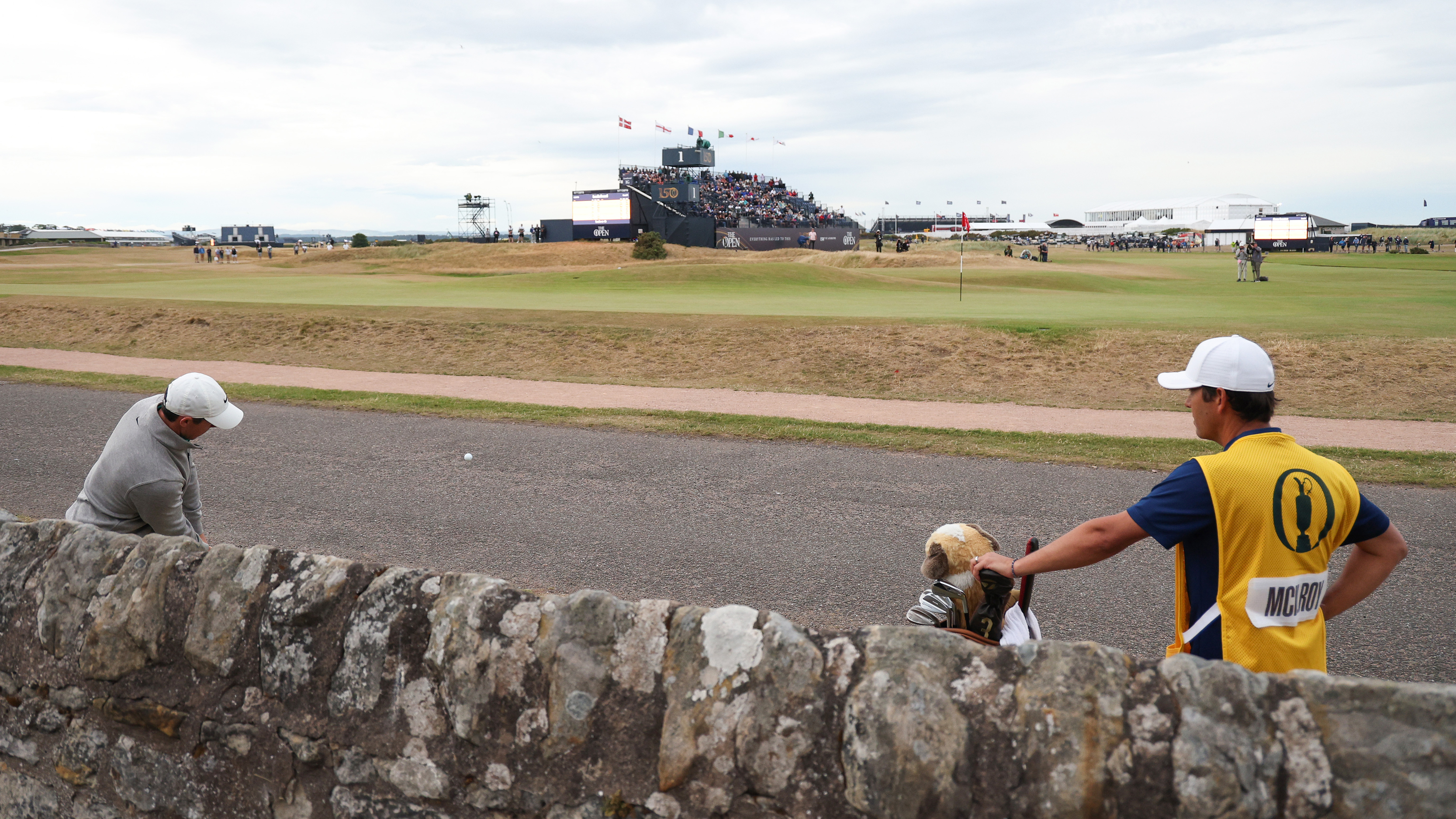
Par 4, 490 yards
There could be only one choice for the 17th. This is, arguably, the most famous par-4 in world golf: The Road Hole. Driving over the old railway sheds to a fairway set on an angle, the player must be bold (but not too bold) from the tee.
The second must be precise and err on the right side of the infamous bunker guarding the front of the putting surface. An approach with too much power may topple over the back edge onto the path or the road itself. Fours are precious here and fives aren't to be sniffed at.
18th, Carnoustie

Par 4, 499 yards
The hardest finishing hole in golf? Quite possibly. It’s long with out-of-bounds left and the Barry Burn snaking down the right side. The tee shot must avoid these hazards plus the fairway bunkers down the right.
The approach must carry the Barry Burn which turns to cross the fairway short of the putting surface. A par on this hole is an achievement for any player.

Fergus is Golf Monthly's resident expert on the history of the game and has written extensively on that subject. He has also worked with Golf Monthly to produce a podcast series. Called 18 Majors: The Golf History Show it offers new and in-depth perspectives on some of the most important moments in golf's long history. You can find all the details about it here.
He is a golf obsessive and 1-handicapper. Growing up in the North East of Scotland, golf runs through his veins and his passion for the sport was bolstered during his time at St Andrews university studying history. He went on to earn a post graduate diploma from the London School of Journalism. Fergus has worked for Golf Monthly since 2004 and has written two books on the game; "Great Golf Debates" together with Jezz Ellwood of Golf Monthly and the history section of "The Ultimate Golf Book" together with Neil Tappin , also of Golf Monthly.
Fergus once shanked a ball from just over Granny Clark's Wynd on the 18th of the Old Course that struck the St Andrews Golf Club and rebounded into the Valley of Sin, from where he saved par. Who says there's no golfing god?
-
 Chevron Championship Tee Times: Rounds One And Two
Chevron Championship Tee Times: Rounds One And TwoA look at when the players are teeing it up in the opening two rounds of the Chevron Championship - the first women's Major of the year
By Mike Hall
-
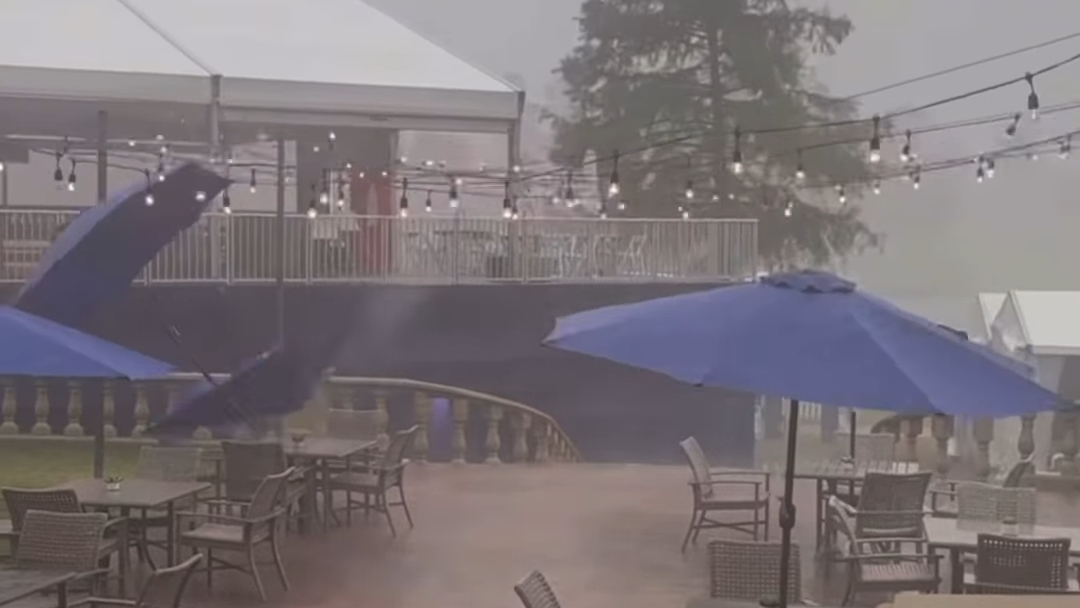 Charley Hull Social Media Video Reveals Brutal Weather Conditions Ahead Of Chevron Championship
Charley Hull Social Media Video Reveals Brutal Weather Conditions Ahead Of Chevron ChampionshipCharley Hull has added a video to her Instagram stories showing strong wind and heavy rain in Texas ahead of the first women's Major of the year
By Mike Hall